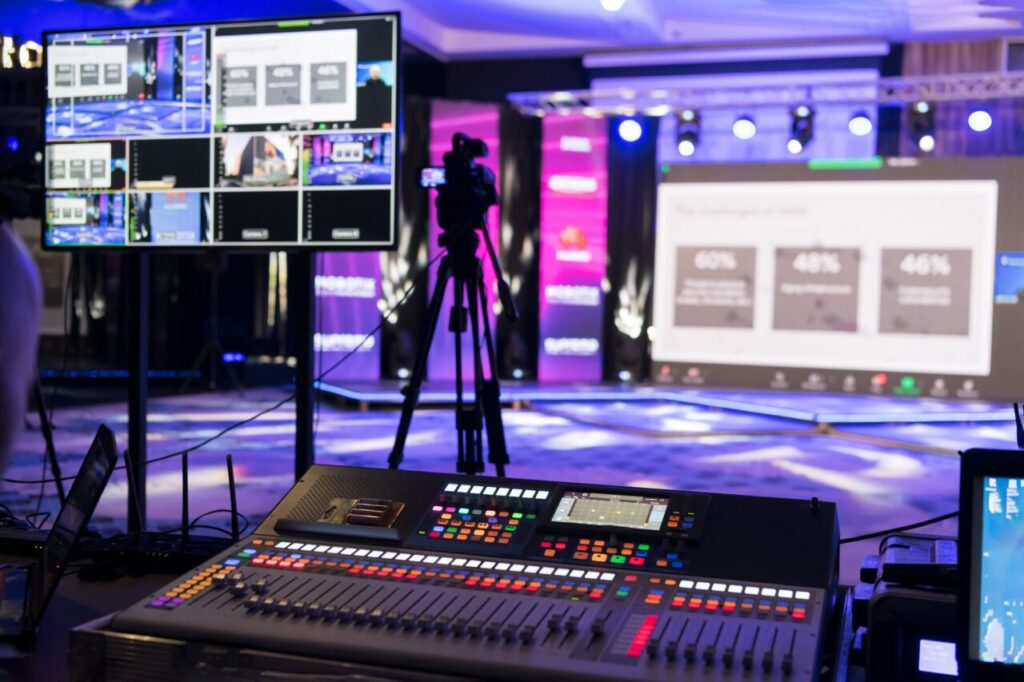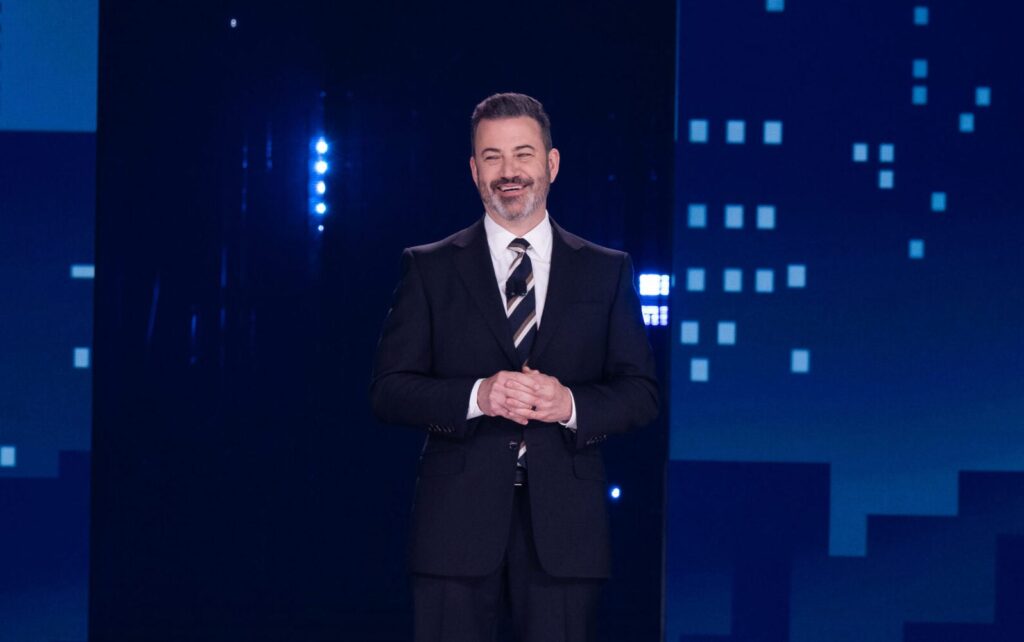Smart promotion marketers are always on the lookout for ways to apply key learnings between business channels. What you learn by moving cereal off of the shelves might help you sell more seats on an aircraft, and salad dressing successes can move shoes. Conversely, marketers can also learn what missteps to avoid in a particular channel by the lessons learned from an unrelated consumer stream.
Consider, for example, lessons from the quick service restaurant (QSR) sector on the short-term benefits and potential long-term risks associated with 99-cent pricing of core products (“menu anchors”). Ask anyone at McDonald’s how much they’ll get for menu anchor Big Mac in the near, medium or super-sized future, and they’ll tell you: no more than 99 cents. Such pricing is a proven short-term traffic and sales driver; as a bonus, customers buying the low-priced Big Mac might also want regular-priced fries and drink. But there’s long-term risk in marrying the notion of price directly to value.
Over time, such a strategy can overshadow other product attributes (quality, taste), and cannibalize more profitable menu items. If used too long or too often, price discounting is no longer a reward, but standard fare.
Right now, there’s no consumer channel rolling bigger dice with pricing discounts than the automotive industry. With millions of dollars spent by a host of factories touting similar messages for months and even years, with no “limited time” end in sight, consumers have stopped feeling a need to take immediate action. Result? Customers believe the real value of any car is price-minus-money-back, not the true price-equals-value equation. And, unlike QSRs that discount only select products to boost sales, many auto companies have no full-priced place to turn.
During a new SUV introduction, one auto exec I met expressed his disdain of customers who looked beyond the quality of his new, affordably priced SUV. They were most interested in cash-back incentives. His factory had spent millions of dollars over two years evangelizing the cash back/0%APR message with every other model in the line, and yet he was honestly surprised and frustrated by customers’ expectations. Rather than looking for ways to wean customers off of price-break expectations, the majority of car companies seem to think the solution lies in a highly toxic combination of more advertising announcing even bigger cash-back incentives.
Customers can be weaned off of cash-back incentives over time through added-value promotional initiatives. The key is delivering high perceived value in keeping with brand image. This can done via either an overt tie-on (such as free gas for a year with purchase of a fuel-efficient vehicle) or complement (minivan sales incentive awarding family DVD sets and a portable DVD player to buyers). It’s all about perceived value. Selling to young adults? How about an upgraded sound system, an MP3 player with 1,000 free music downloads and $500 cash back (actual retail value of $2,500 that might cost the factory under $1,000) rather than simply $1,500 cash back? Customers feel they’ve actually received more value at a price that saves the factory money, and at the same time the brand is building equity. Provided the perceived value is high in the minds of consumers, it is a winning proposition that’s financially smart.
Along with sales incentives, don’t forget to drive traffic. If you’re a car company that knows one out of 10 test drivers purchase, look to “brand true” promotional ideas designed to increase test drives of potential consumers. Test drives combined with sales incentives in a clear, consistent promotional effort give dealerships the best opportunity to reach and sell key consumers.
Recently, I was speaking with an advertising exec about a test-drive incentive for his automotive client. He stressed how important it was to protect the client’s brand image and avoid decimating the brand that the agency had worked so hard to build. I asked about the effect the factory’s cash-back bonus messaging had on the brand. He answered, “Well, we try not to think about that.”
Now is probably as good a time as any to think about it.
Sarah O’Leary is the chief strategist of Methods & Madness, a full-service promotion agency located in Los Angeles, CA. She can be reached at soleary@methodsandmadness.com
 Network
Network

